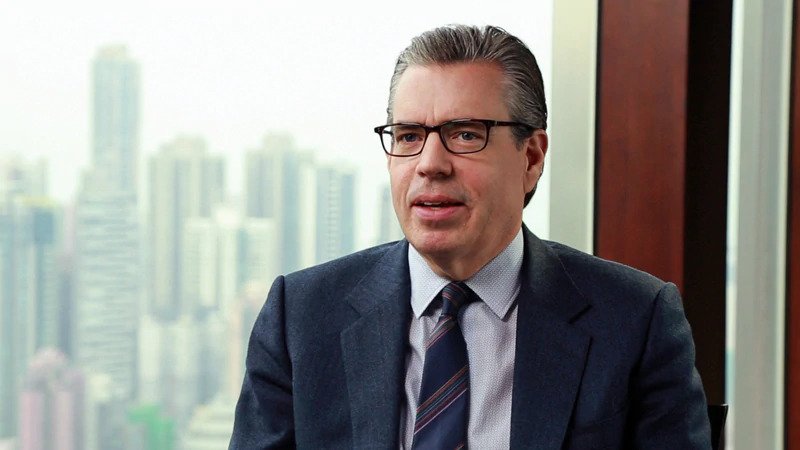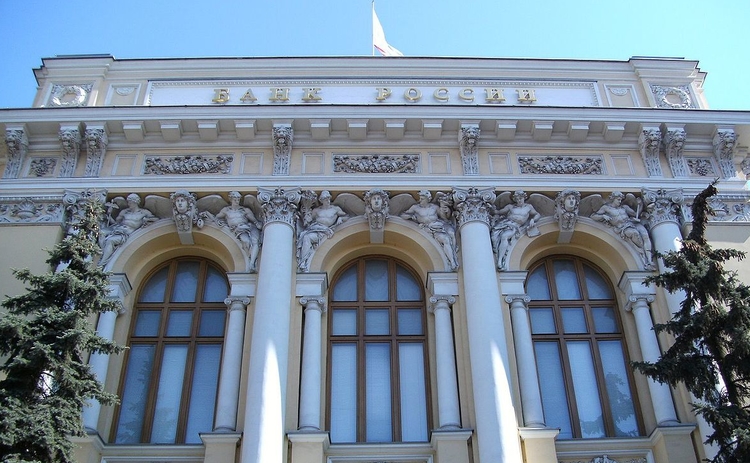Goldman commodities strategist says silver is the populist metal

Over the last week or so, we saw GameStop-inspired flash mobs turn their attention to silver, where they attempted to engineer a squeeze. It didn’t really work out.
But silver prices did briefly surge, and for a few days, retail silver coin sites were totally sold out. So why did this happen, and why does silver tend to attract phenomenons like this? This was one topic we spoke about on a recent “Odd Lots” podcast with Jeff Currie, the top commodities strategist at Goldman Sachs Group Inc.
Here are a few lightly edited segments from our discussion.
On the history of silver as a populist metal:
You go back in history for hundreds of years, silver has always been associated with populist movements. And so the market today is focused on the Hunt brothers cornering of the silver market as the historical analog. We think the appropriate historical analog is actually William Jennings Bryan’s “Cross of Gold” speech where essentially he argues that the government and the banks were suppressing inflation and economic potential. It was just similar to the rhetoric that the WallStreetBets group was advocating.
And the key here is, take somebody like Bryan. He was advocating silver coinage as a way of getting around this. And so it has that historical populist element to it. And I think that’s really what’s at play here.
And the way we view the Wall Street Bets group is this is just a continuation of the rise of populism, or it’s just, you know, a crescendo occurring, week after week that’s representing, I think, there’s need for governments to address some of these issues around income inequality and other social needs.
On the persistent myth that the big banks are shorting silver in size:
If you look at the CFTC positioning reports, what you see is that the swap dealers, the banks have very large short positions in precious metals. Now, the thing that’s forgotten is that these are typically hedges to the physical positions in like the ETFs. And that’s the one thing that makes commodity markets very different from financial markets or the long-only markets is that there’s zero sum, meaning that for every long there is a short. And I think people forget that.
And on whether crypto is potentially eating into demand for precious metals:
Very small at the margin, and the reason why I say that is right now, you look at, let’s say the crypto or Bitcoin, you know, the overall crypto market is roughly a trillion dollar market. Bitcoins are around $600 billion. The institutional involvement in there is somewhere around seven to $10 billion. It’s still relatively small, low magnitude of about 1%. So what’s left over are the retail investors. And they behave in a very risk-on fashion.
They’re not treating Bitcoin and cryptocurrency as a defensive asset like gold. Instead, they’re like a turbo charged risk-on asset that trades very much like copper or iron, which trades off of positive growth news. And so at the current environment, do I want to own crypto as a defensive asset? The answer is not really, no. And then there’s also the inherent transparency issues: Do big institutional players in, you know, high net worth individuals want to own crypto?
(By Tracy Alloway and Joe Weisenthal)
{{ commodity.name }}
{{ post.title }}
{{ post.date }}

Comments